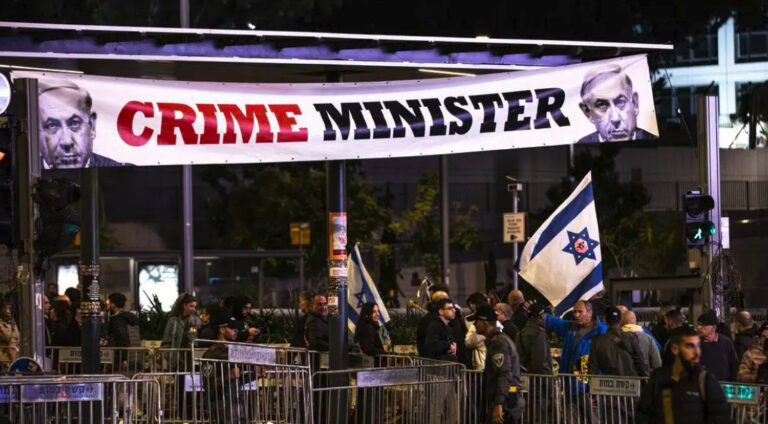
STRATEGIC ASSESSMENT. White supremacy extremism (WSE) is a transnational challenge—its tentacles reach from Australia to Ukraine, and Norway to New Zealand—but it has evolved at a different pace in different parts of the world. And as attacks in Charleston, El Paso, Pittsburgh, and Poway have demonstrated, white supremacist extremists pose a clear terrorist threat to the United States. Following the August attack by a white supremacist extremist in El Paso, TX, white supremacist terrorism became responsible for more deaths on U.S. soil than jihadist terrorism since 9/11. The Anti-Defamation League reports that over the past decade, white supremacy extremists were responsible for three times as many deaths in the United States as were Islamists. In May 2019, a senior FBI official testified to Congress that the bureau is pursuing about 850 domestic terrorism investigations, a ‘significant majority’ of which are related to white supremacist extremists.
White supremacy extremist groups and individuals accrue wealth through both licit and illicit sources of finance. WSEs also accrue, move, and store their wealth through various means but as payment processors curb access to their platforms, these groups have relied on cryptocurrency or other alternatives to fiat currency. WSE operational tradecraft has not significantly evolved over time and remains rooted in the use of conventional weapons, especially light arms. What has changed is the speed in which social media allows for the amplification and glorification of attacks. The rapid expanse of social media facilitates radicalization and recruitment within the white supremacy extremist domain. Spaces in which radicalized individuals can communicate and share content enable the development of a worldwide, rapidly expanding network of white supremacy extremists. Recruitment and radicalization goals within white supremacy extremism remain consistent over time despite traditional methods of spreading propaganda diverging from more modern ones. Extremists intend to expand their influence and power through a variety of recruitment tactics, new and old.
While there are crucial differences between jihadis and white supremacy extremists, there are also important similarities, including: the utility and cycle of violence; use of the internet; propaganda; recruitment; financing; and especially, the transnational nature of the networks. 17,000 foreigners from 50 countries, including the U.S., have gone to fight in Ukraine, including with the Azov Battalion. Two of the most prominent U.S.-based white supremacy extremist groups, Atomwaffen Division and the Rise Above Movement (R.A.M.) count Afghan and Iraq veterans as members. R.A.M. members have traveled overseas to Germany, Ukraine, and Italy to celebrate Adolf Hitler’s birthday and forge stronger organizational links with white supremacy extremists based in Europe. White supremacists are forming global networks, much as jihadis did prior to 9/11, and are learning from jihadi tactics. Supremacists warn of a ‘great replacement’ of whites, while jihadis talk of a ‘war against Islam’; jihadis make martyrdom videos, WSEs post online manifestos. In describing their mission, white supremacists have used the term ‘white jihad’ and one neo-Nazi group recently adopted the name ‘the Base,’ which translated into Arabic is ‘al-Qaeda.’ Moreover, both groups recruit followers and reinforce their message through social media, with a focus on purification through violence.
U.S. government efforts to combat the WSE threat remain lacking. The international community has also lagged in developing policies to counter white supremacy extremism. More resources, both financial and human, need to be directed at white supremacy extremism to curb its rise. Governments should review their terrorism laws to ensure that they are sufficiently updated to prosecute individuals who carry out acts of domestic terror. To make serious progress, the United States should consider building upon Canadian and British leadership and begin sanctioning transnational WSE groups as foreign terrorist organizations. Departments of State and Treasury terrorist designations could hinder the travel of terrorists into the U.S.; criminalize support to designated individuals and groups; block the movement of assets to those designated; and allow for the Department of Justice (DOJ) to prosecute individuals for providing material support to designated groups (TSC).





